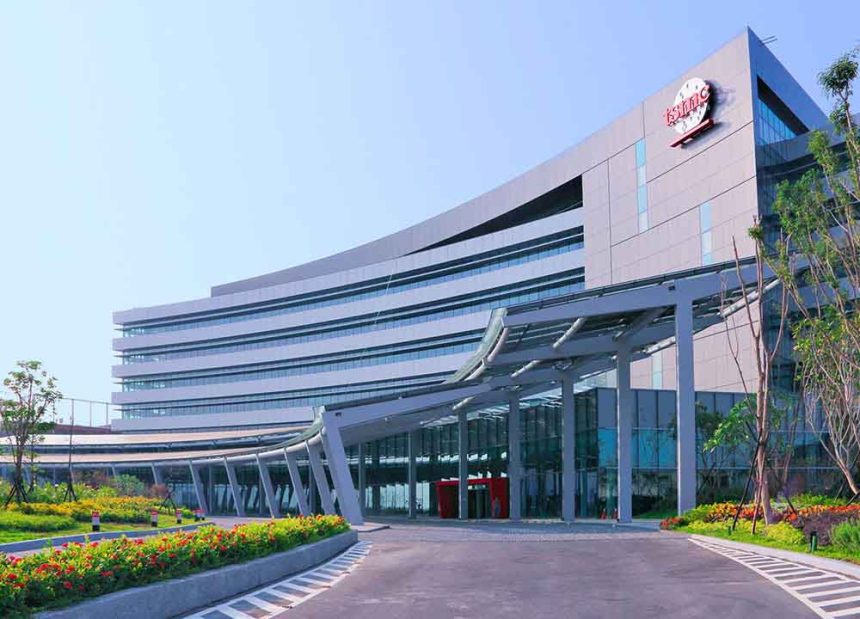Introduction (Approx. 150 words): The ongoing saga of TSMC’s Arizona plant continues, with setbacks in the U.S. pushing the semiconductor giant closer to Japan. Initially expected to commence large-scale chip production in 2024, the Arizona facility faces a significant delay, now slated for 2025. Workforce challenges, labor unions, and legal ecosystem complexities contribute to this postponement, putting pressure on TSMC to enhance its manufacturing capacity urgently.
Section 1: Workforce Woes in Arizona (Approx. 250 words): TSMC’s struggles to recruit qualified personnel in the U.S. stem from its reputed “brutal” corporate culture, creating an intimidating atmosphere for American workers. Reports of 12-hour workdays and weekend shifts have added to the reluctance. This section delves into the workforce challenges faced by TSMC in Arizona, exploring the implications of a demanding corporate culture on recruitment efforts.
Section 2: Labor Unions and Legal Ecosystem Hurdles (Approx. 250 words): Beyond workforce issues, TSMC grapples with challenges from labor unions and a lagging legal ecosystem in Arizona. DigiTimes Asia sources suggest that the local government struggles to establish the necessary legal framework for a cutting-edge semiconductor factory. This section explores the multifaceted hurdles hindering TSMC’s progress in the region.
Section 3: Japanese Success and Cultural Alignment (Approx. 250 words): In stark contrast, TSMC’s semiconductor plant in Kumamoto, Japan, is thriving. The construction progresses so well that the inauguration of the first phase is set to happen earlier than expected in February. This section emphasizes the positive relationship between TSMC executives and the Japanese government, citing cultural similarities and a competitive lithography equipment network. The executives contemplate expanding operations with the potential construction of two more cutting-edge plants in Japan.
Section 4: U.S. Construction Costs and Collaboration Challenges (Approx. 250 words): The section highlights the higher construction costs in the U.S. compared to Taiwan, impacting TSMC’s considerations. Additionally, collaboration challenges with American companies contribute to the complexities faced in Arizona. The work culture disparity between Taiwan and the U.S. is explored, emphasizing the availability of Taiwanese collaborators versus the constraints in the U.S. and Europe.
Conclusion: Navigating Global Challenges (Approx. 150 words): As TSMC grapples with delays and challenges in the U.S., its success in Japan offers a contrasting narrative. The semiconductor giant’s ability to navigate cultural similarities and collaborative advantages underscores the importance of a harmonious ecosystem for high-tech manufacturing. This conclusion urges a strategic reevaluation of TSMC’s global expansion, emphasizing the need for adaptable approaches in addressing the diverse challenges presented by different regions.


